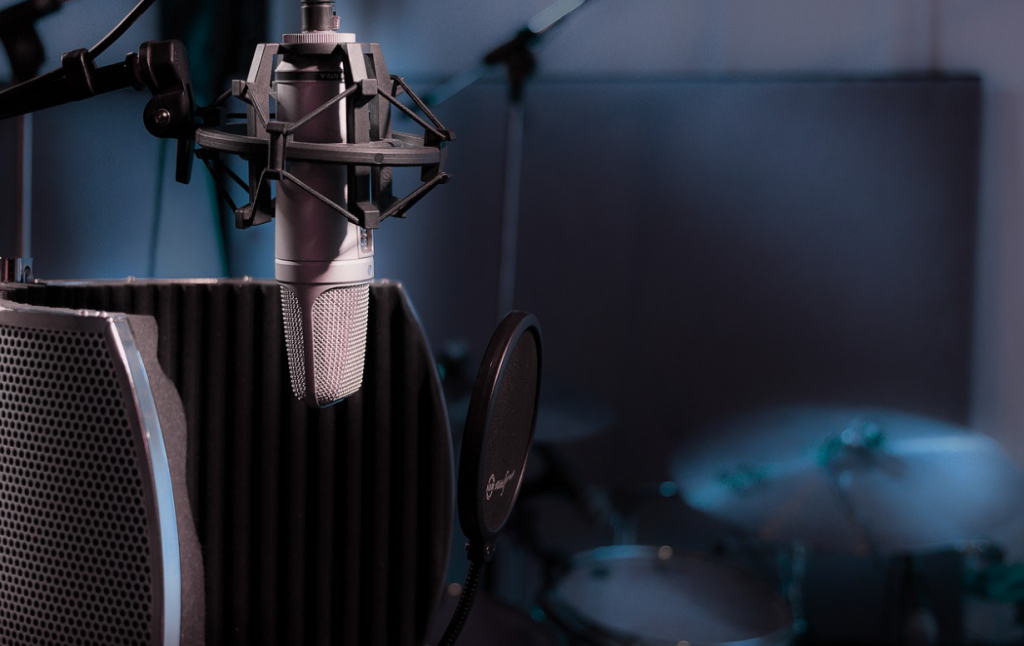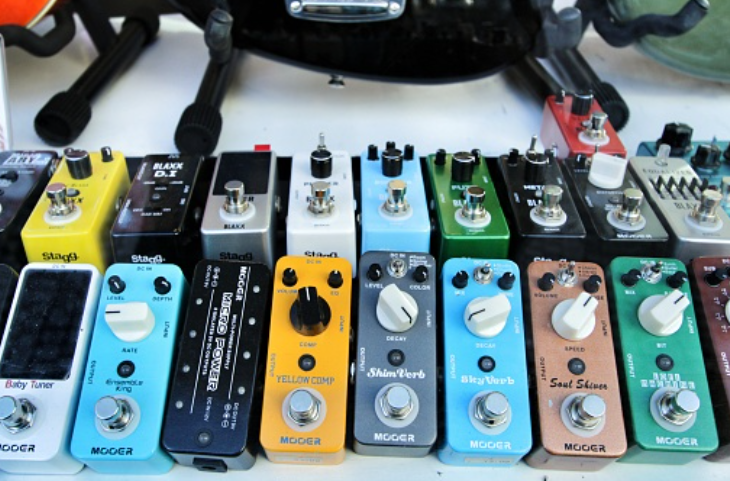
Audio processors and audio effects are two different things. Audio processors completely change the audio signal, creating a new sound. Audio effects mix the original signal with the new radar. Audio processors include frequency processors and dynamics processors. You can see that these processors modify the frequency and dynamic content of an audio signal, and also called destructive. Audio effects include chorus, delay, reverb, and chorus. Although they are different effects, musicians often don’t know the difference and call them effects.
Using vocal effects processors is one of the best options for artistic or technical reasons when producing music. The purpose of effects is to make the desired sound more recognizable. Effects are an integral part of music production, both digital and analog. Today, there are many effects available, especially in digital music production. However, all effects fall into one of three categories. These are the three types of vocal effects:

Dynamic Effects
It relates to its name, which is based on dynamic variables. These are effects that change the dynamics of the audio signal. By changing the dynamics, you can change the level. The compressor family includes limiters, maximizers, and expanders. These are examples of dynamics-based effects. People can use this tool to change the dynamics of the performance. For instance, attenuating or making parts is too louder or quieter parts.
Frequency-Based Effects
These are effects that change the frequency content of an audio signal. You can change the frequency content to make the sound brighter or darker. It can be beneficial when the audio file doesn’t have the desired characteristics. For example, you can add air to a woman’s voice to make it lighter. Frequency-based effects include an equalizer, distortion, and wah-wah.
Time-Based Effects
Time-based effects are one of the most people’s favorite. This tool combines delays and derivatives. Users can encounter many derivatives of pauses, such as reverbs and echoes. Reverbs have shorter times between recurring signals than echoes. Reverberations are a group of delays. With time-based delays, we can control the depth and size of the sound.
According to those explanations, you might have a better understanding of vocal effect processors. It helps you improve your music quality. Besides, you might be more surprised when hearing the result. It doesn’t mean that you will need to enhance the songwriting quality also. Therefore, it would be nice if you find this article helpful in understanding effects and their use in music production.
